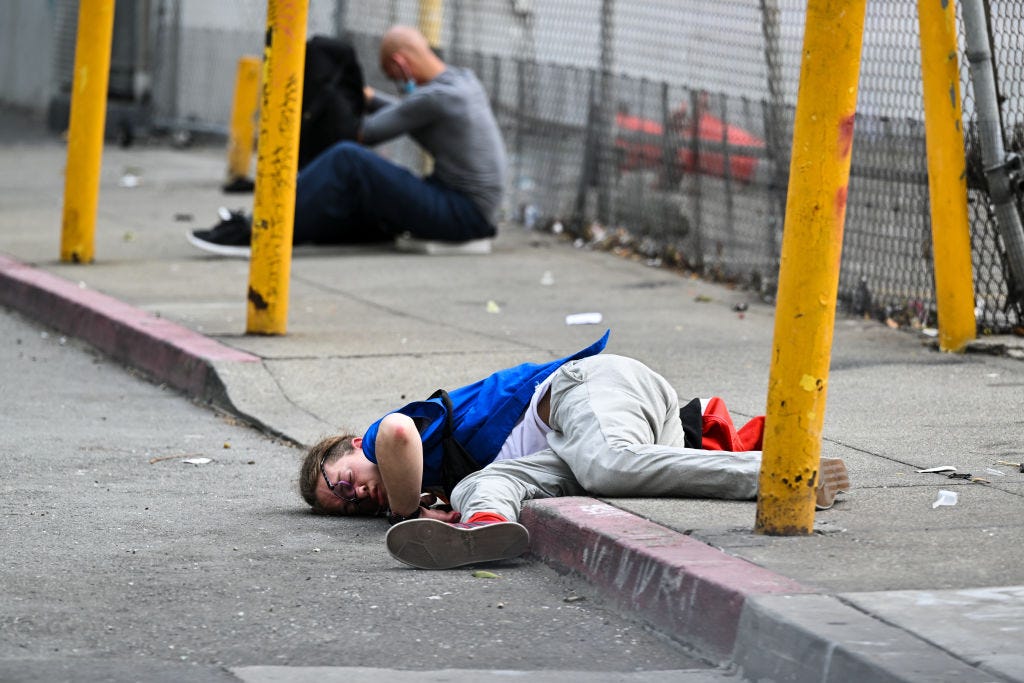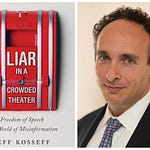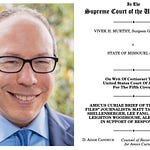
The lack of affordable housing, not addiction and mental illness, is the main driver of homelessness, say the researchers behind a recent University of California, San Francisco study. Hailed as the “deepest look” at the subject in decades, the Benioff Center for Homelessness and Housing Initiative conducted a statewide survey of thousands of people. The researchers say their conclusions settle the debate over the root causes of America’s homelessness crisis.
However, this study is limited by significant methodological issues, critical omissions, and biases. It downplays the influence of addiction and mental illness, exaggerates economic factors behind homelessness, and undercounts the number of people on the street from out of town.
While it asks participants about substance abuse, the study never mentions fentanyl, despite the drug’s catastrophic impact on California’s homeless population. In 2020 and 2021, drug overdoses, driven by meth and fentanyl, were the leading cause of death among unhoused residents in Los Angeles County, according to a 2023 report from LA County Public Health.
In fact, there is ample evidence to show fentanyl and methamphetamine, specifically, have been driving the catastrophic rise in overdose deaths nationwide — well over 100,000 in 2022, and climbing.
While the Benioff study authors insist that “homeless migration is a myth,” Public has interviewed hundreds of homeless people in California since 2019 and found that drug tourism drives San Francisco’s street homelessness.
San Francisco’s Police Chief confirmed as much recently when he announced that 95% of people his officers arrested for drug use were from out of town. Even the San Francisco Chronicle, which has long insisted that street addicts were mostly local, admitted the Chief’s remarks “corroborat[ed] perceptions that many residents already have — that their city has become a magnet for the narcotics trade.”
Even in progressive West Coast cities, it is becoming increasingly difficult to justify the failure of “Housing First” policies. San Francisco Mayor London Breed, responding to an injunction to prevent the city from clearing homeless encampments and moving people into shelters, recently accused non-profit organizations of holding the city hostage for decades.
“Since 2018, we’ve helped almost 10,000 people exit homelessness,” Breed said in a recent speech, noting that point-in-time counts of the homeless population never reach as high. “So what does that mean? This city is being taken advantage of and we are tired of it.”
Still, many insist the media exaggerates the scope of the methamphetamine problem in the US, employing hyperbolic and hysterical narratives to sensationalize meth addiction in the same way it did crack cocaine. In fact, they claim, meth is “almost identical” to Adderall.
Veteran journalist and author Sam Quiñones disagrees. His deep dives, first into the opioid epidemic and then the tsunami of trafficked fentanyl and meth that began to ravage the U.S. over the past decade, are the subject of his most recent books, Dreamland: The True Tales of America's Opiate Epidemic and The Least of Us: True Tales of America and Hope in the Time of Fentanyl and Meth.
Much of the reason people end up homeless in the first place, Sam says, is due to mental illness or drug addiction, often in combination, with one preceding the other.


















